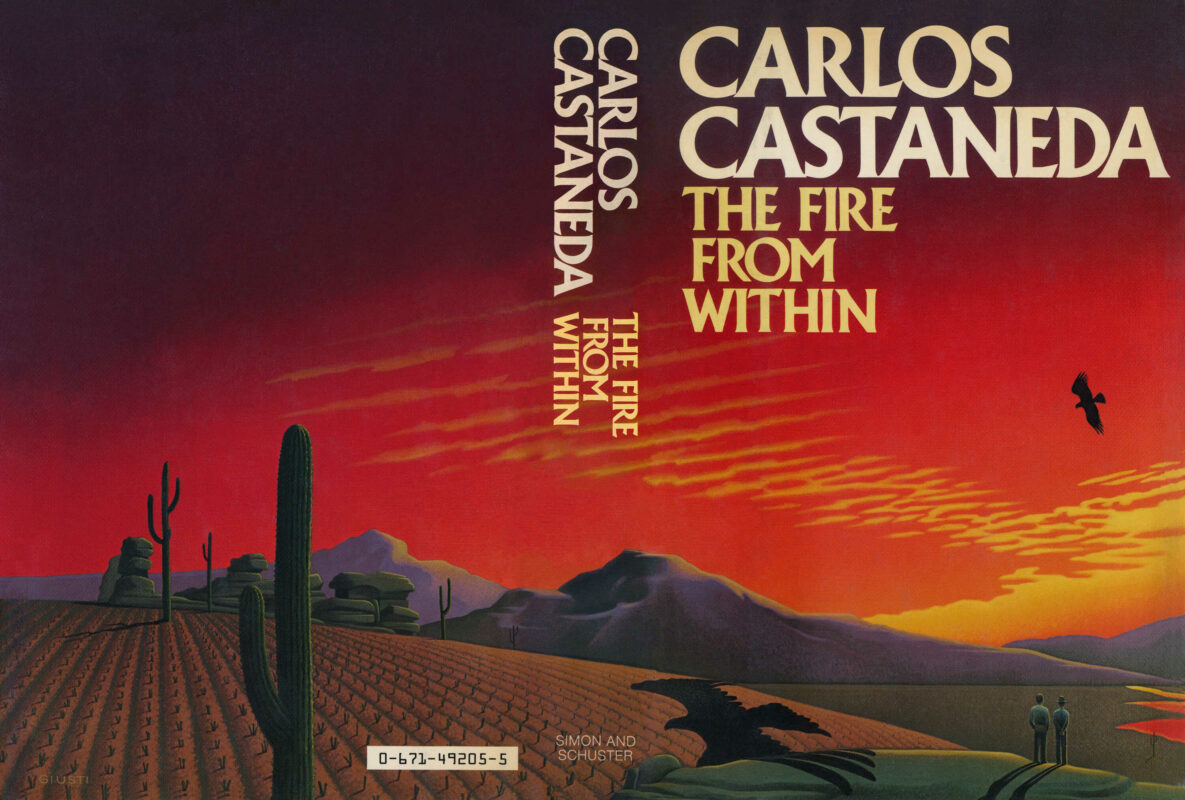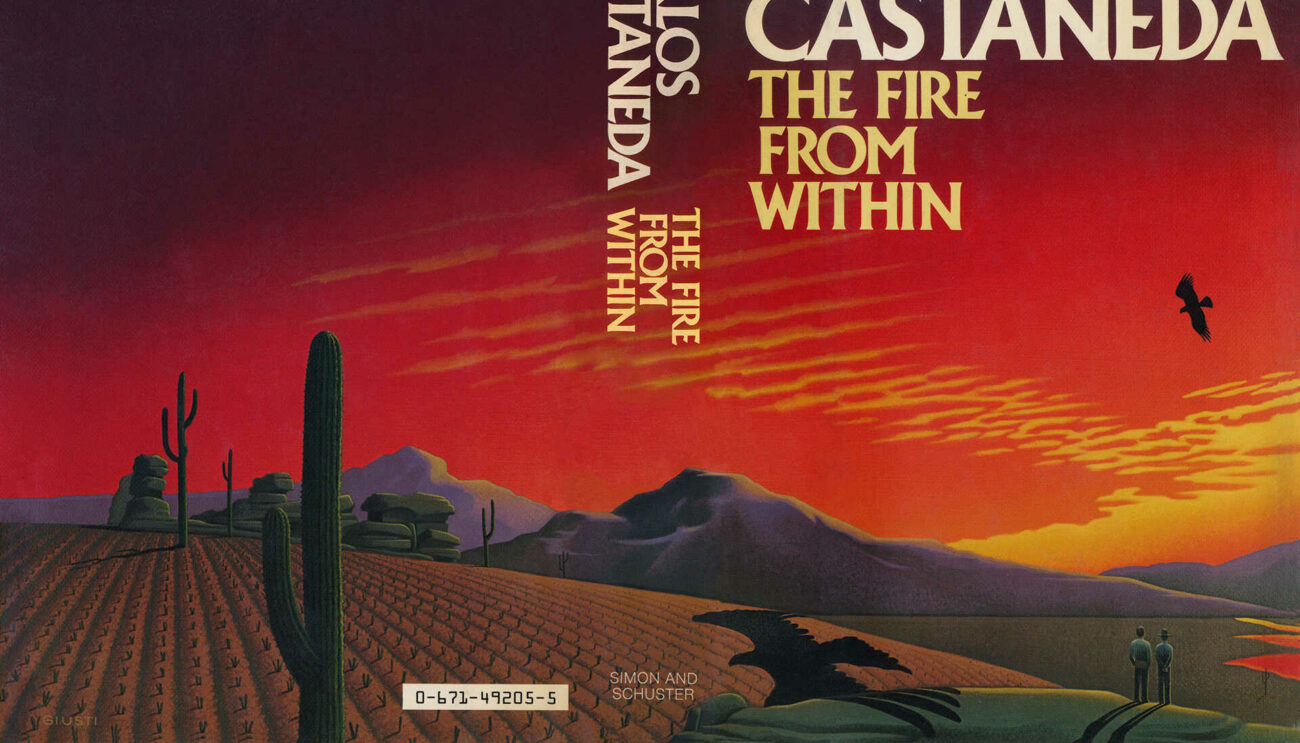The Position of The Assemblage Point – The Fire from Within
In this chapter, Don Juan resumes his teachings on the assemblage point, explaining its crucial role in perception and how its position dictates our reality. Castaneda learns that the house they are in is an exercise in stalking for the nagual’s party, emphasizing detachment from fixed ideas. Don Juan describes how Genaro’s gait of power shifts Castaneda’s assemblage point, leading to different perceptual experiences – first of aggressive action, then of spiritual love. The key to these shifts is inner silence and stopping the internal dialogue, which is what normally fixes the assemblage point. Don Juan reveals that this fixation is instilled from infancy by human teachers, and that warriors can learn to move their point through intent. The discussion also covers different types of shifts: lateral shifts (leading to mundane fantasies or hallucinations) and “shifts below” (leading to animal transformations, which the old seers misguidedly pursued and new seers avoid due to their dangerous nature). Don Juan explains that while other organisms also have assemblage points, only humans possess the unique capacity for “skimming” or further refining their perceived reality, a powerful but potentially detrimental ability if not properly controlled.
The Position of The Assemblage Point – The Fire from Within Read More »

